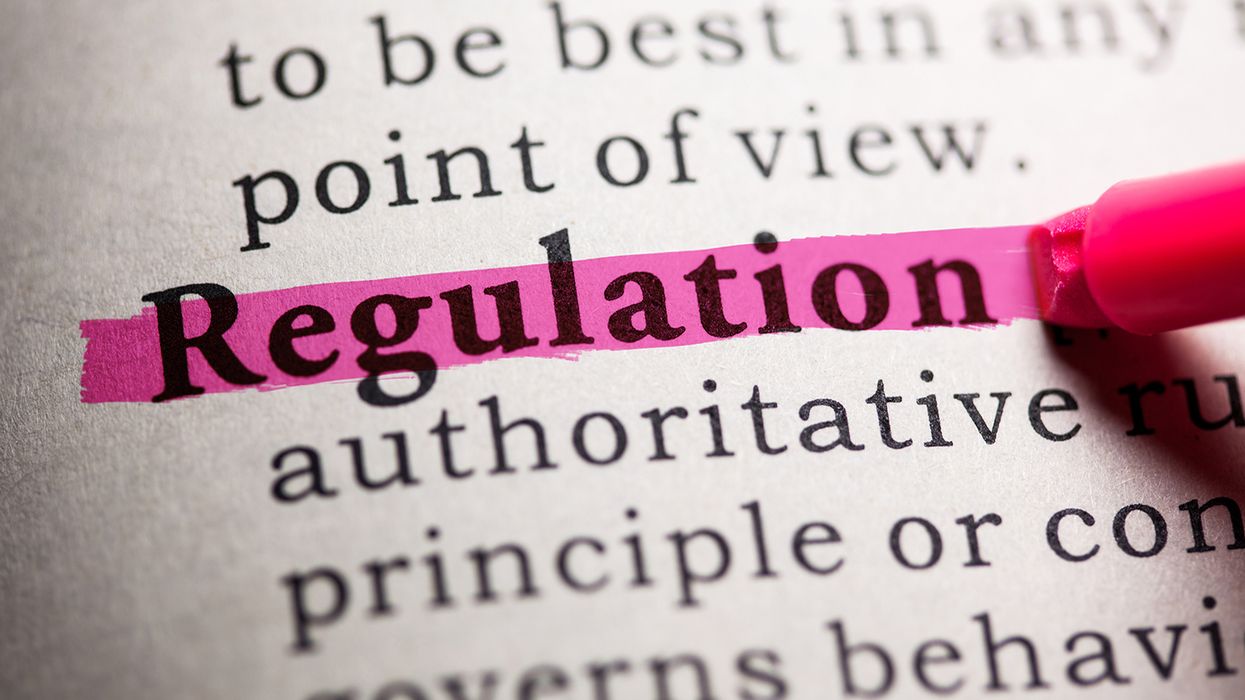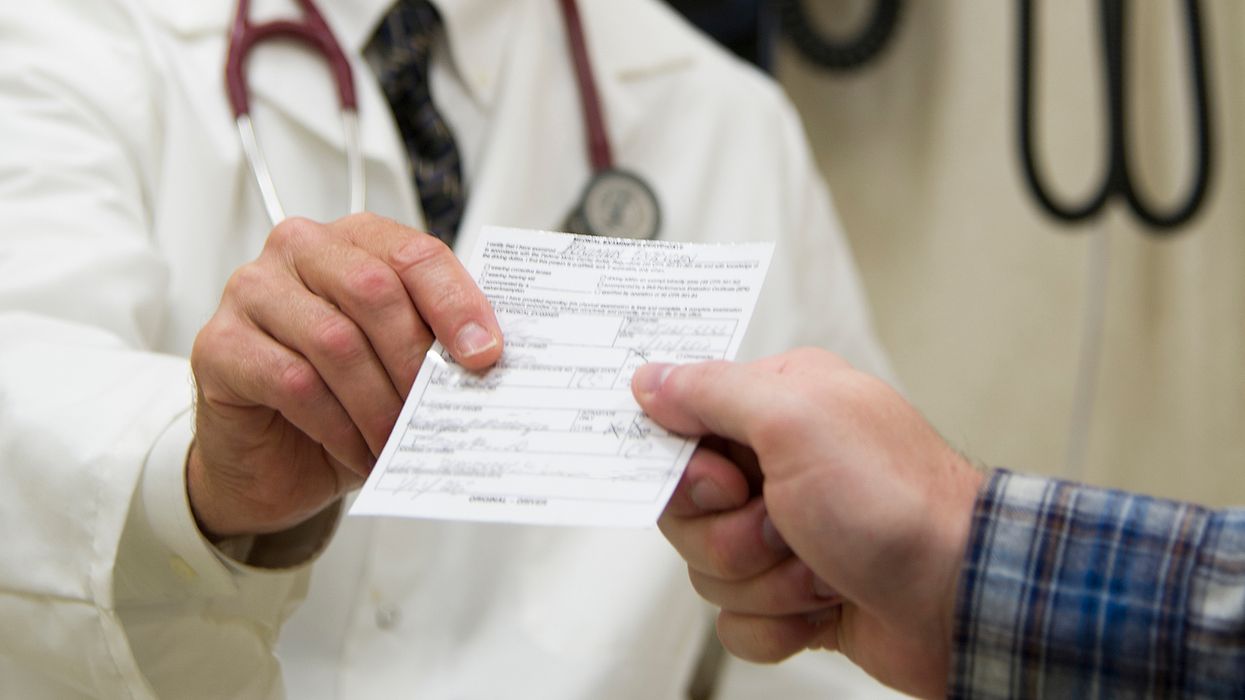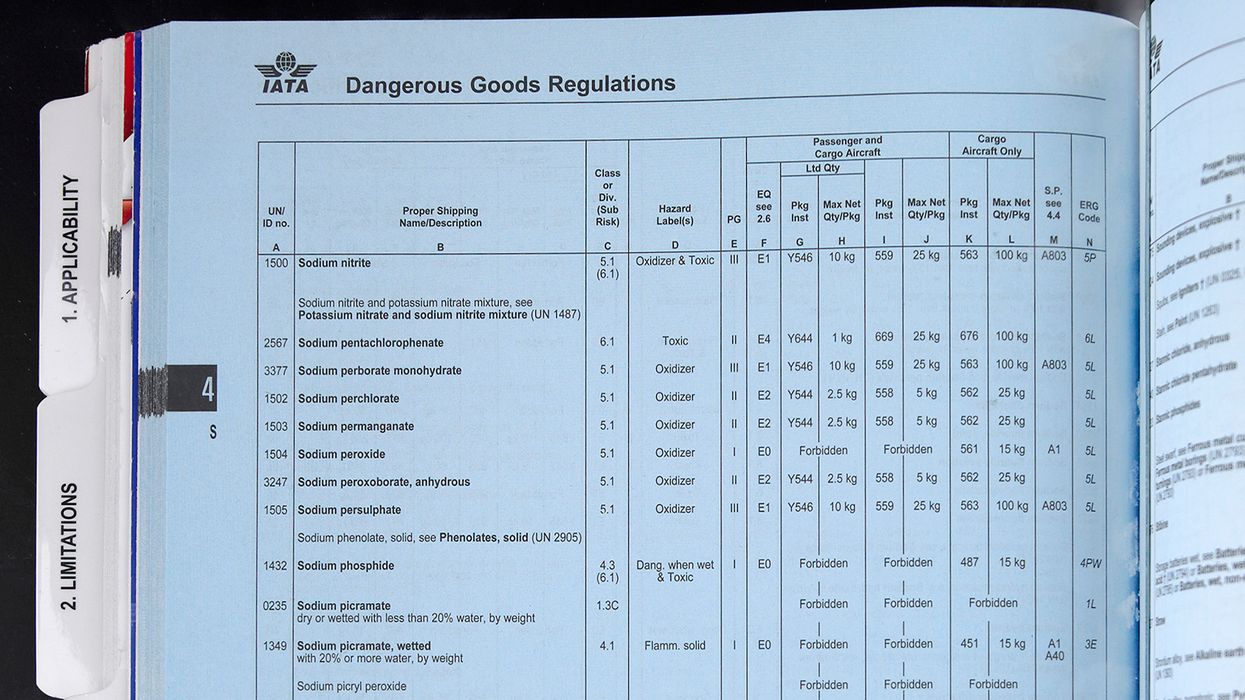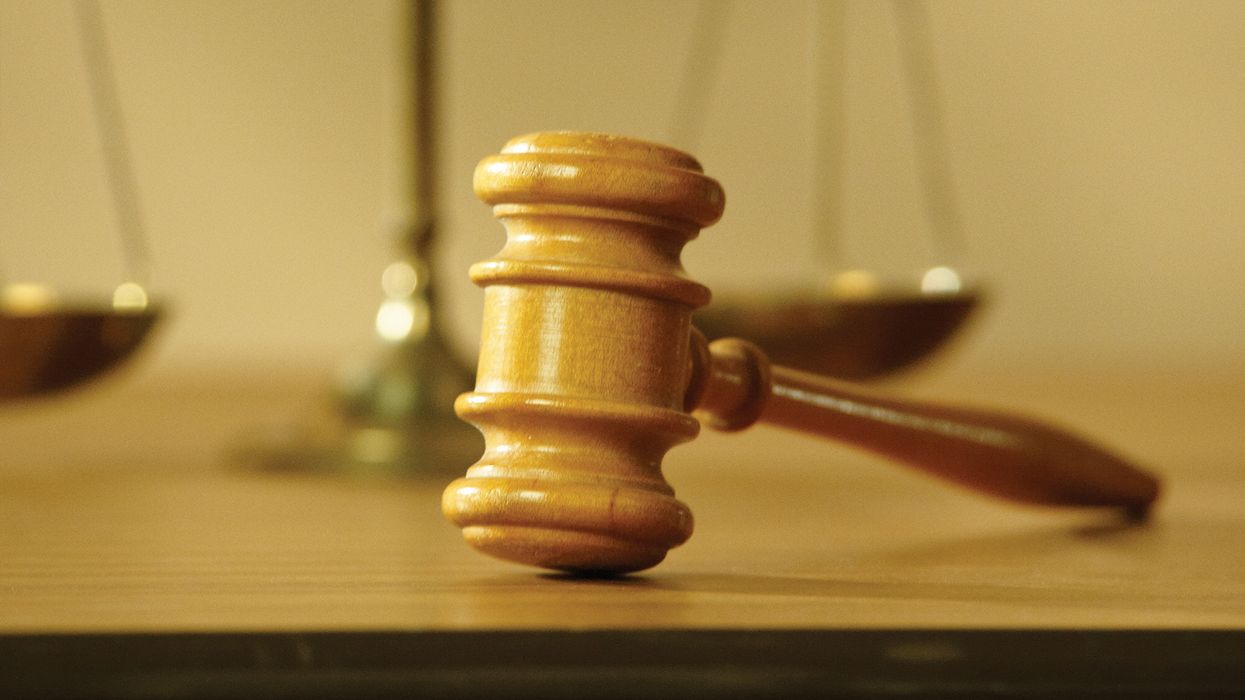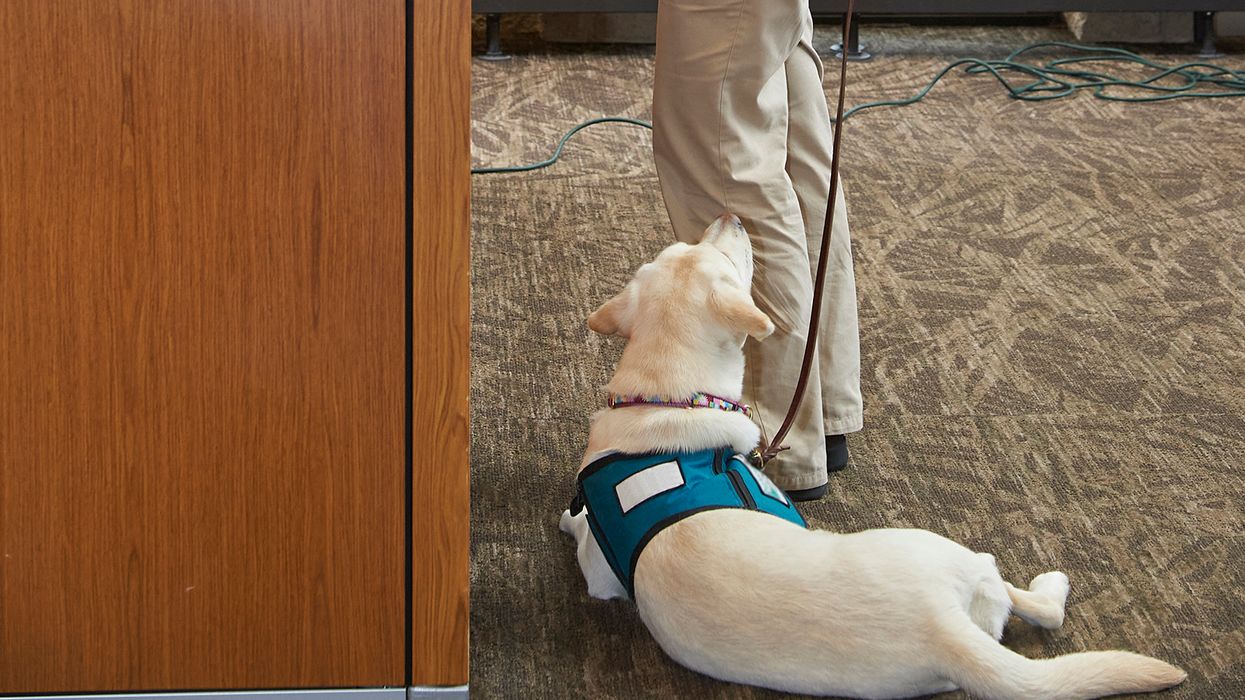The incident description — Write it RIGHT
During a recent roundtable on the topic of employment in 2023, a group of employment attorneys was asked: “What are the most frequent mistakes made by employers when disciplining employees?”
The answer was simple: Failure to document.
Why documentation is important
Documentation is the most important step when disciplining an employee, one of the roundtable participants said. By documenting policy violations, negative interactions, etc., it can help support the reason for discipline and reveal patterns of behavior.
The attorneys went on to recommend that employers keep a written record of every communication they had with an employee regarding the employee’s performance issues.
That written record may include an incident description that contains the facts that led to a disciplinary action. A thorough description can make or break a case against a company, should the offending employee sue for wrongful discipline or termination.
Although an incident description is one of the most important parts of any disciplinary report, they can be a challenge to complete.
Tips for better write-ups
Like a news reporter, the person writing a disciplinary report should start with the “who, what, where, when, why, and how” method to describe what happened.
- Who was involved in the incident (and who saw it)?
- What happened?
- Where did the incident occur?
- When did it happen? (Date and approximate time)
- Why did it happen?
- How did the incident unfold?
Take detailed notes about what was said to the employee and any responses. List any victims or witnesses and include what they said. In addition, specify what policy was violated or why the behavior was unacceptable.
Add situational details (including nonverbal communication)
Good descriptions will include details of sight, smell, taste, touch, and sound. These facts provide context that helps to support a decision to discipline an employee.
Jot down observations like:
- “I saw the employee roll her eyes then shake her head,”
- “I heard him sigh deeply then say ‘whatever,’” or
- “I smelled cigarette smoke in the locker room.”
Witness observations can provide credible evidence and should be included. For example, “Witness A told me that she saw the offending employee arrive at 8:25 a.m. and seemed angry.”
Obtain written statements from all witnesses before taking any disciplinary action. That way, there is proof of the observation, even if a witness is later pressured by the offender to retract the statement, should the case ever reach a trial. Remind and encourage witnesses to report any form of intimidation by the offender.
Explanations, denials, and conversations
The offender’s comments should be part of the report as well. Responses to questions asked immediately after an incident occurs may:
- Demonstrate (through their own words) the offender’s state of mind,
- Show that the offender admits to or denies the offense,
- Provide the offender’s initial explanation, and/or
- Prevent the offender from changing their story.
If the offender denies the offense and is later proved to have committed it, the offender may be disciplined not only for committing the offense but also lying about it. In addition, adding the offender’s response to an incident description shows that the offender’s side of the story was taken into consideration.
Objective text
When describing observations, use objective facts about the behavior, rather than general subjective conclusions.
Instead of saying the employee dressed inappropriately, say the employee, “came to work in flip-flops and blue jeans with several ragged cuts in both knees.” Or instead of saying, “The employee was drunk,” say, “The employee had slurred speech and his breath smelled like beer. John Smith reported that the employee had a near miss and almost hit another worker with a forklift.”
Avoid assumptions about the offender’s intentions. Do not use terms like intentionally, knowingly, and purposely.
Effect of incident
All measurable, negative effects on the company and its employees and customers resulting from an incident should be noted in the incident description. This includes any direct or indirect costs, statistics, missed opportunities, negative publicity, employee turnover, customer loss, property damage, or disruptions. Attach any documents, photographs, and/or video that show these negative effects.
Keep in mind, however, that disciplinary reports may someday appear in open court records. Often it is difficult to measure the precise impact of the employee’s behavior. Consider, therefore, stating that the behavior could have had an effect instead of stating that an offender’s behavior, in fact, had a certain effect on the company.
Attachments
Other documents supporting the incident description should also be attached to the disciplinary report. These might include:
- Accident reports
- Time sheets
- Previous warnings
- Training records
- Performance improvement objectives and follow-up records
- Other records and reports
Key to remember: Writing incident descriptions will never be a simple task, but the tips above can make it a bit easier.



































